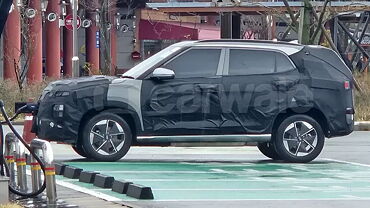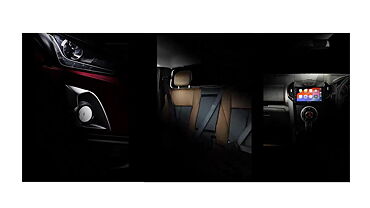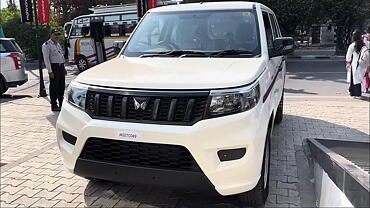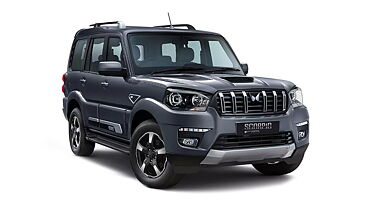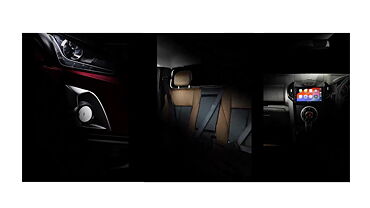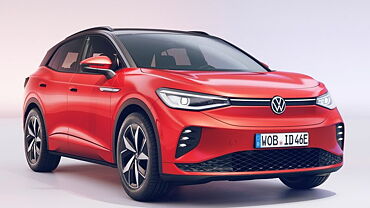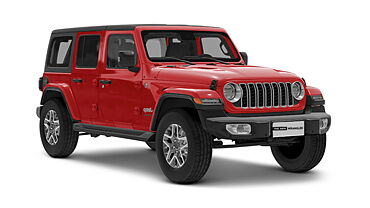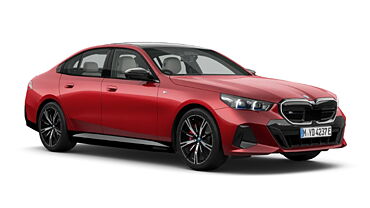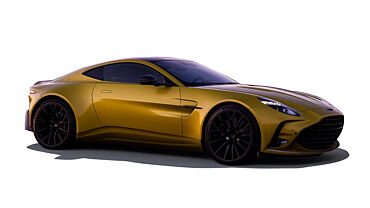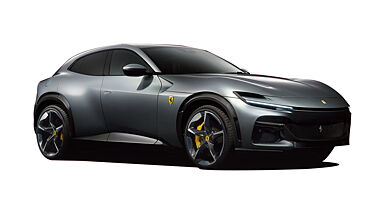Bikes and scooters manufactured by foreign companies gained traction in the domestic market in the year 2011-12. As many as 20 per cent buyers preferring foreign-made motorcycles over locally produced ones. Buyers are opting for them even though two wheelers offered by Indian manufacturers are more powerful and cost around 1/5th less.
Indian buyers are smitten by the aerodynamic shape, macho looks, speed and endurance of the two wheelers offered by foreign companies. This has led to the rise in sales of their bikes and scooters, due to which their market share has grown by almost 66 per cent over the past 5 years. In 2011-12, the trio of Japanese two wheeler manufacturing giants, namely Honda, Suzuki and Yamaha, was responsible for 20 per cent of market share as compared to 12 per cent in 2006-07.
As per data published by industry body Society of Indian Automobile Manufacturers (SIAM), the total share of the three major India two wheeler making companies, namely Hero MotoCorp, Bajaj Auto and TVS Motors, stands at 78 per cent. This is much lower than the 86 per cent they accounted for in 2006-07.
Japanese manufacturer Honda Motor Company's Indian two wheeler making division Honda Motorcycle and Scooter India (HMSI) has led from the front in the growth charts. Presently, it has taken over 15 per cent of the market as against just 9 per cent that it held five years ago. Its compatriot Suzuki also saw market share grow from 0.8 per cent to 2.5 per cent, representing a threefold increase, even as Yamaha maintained its 2.6 per cent share.
Senior Director and India Manufacturing Leader, Consulting, Deloitte, Kumar Kandaswami, stated, “It’s hard to believe these foreign brands will stop at this level. Their market share could reach 50 per cent in 10 years. There is enough room for that. These brands have very strong brand pull. They are known to introduce new technology at better value. After all, buying a two-wheeler involves a lot of emotion too.”
In the year 2011-12, two wheeler sales grew by 71 per cent and stood at 13.43 million units, as against the 7.85 per cent vehicles that were sold five years ago. As per experts, the main reasons for this rise in sales have been growing consumer aspirations, increase in disposable income levels and a host of new launches in the Indian two wheeler market.
According to a spokesperson of Honda, “Honda is committed to achieving a leadership position in India. The upcoming third plant at Karnataka will further help us in meeting the high demand in a consistent double-digit growth Indian two-wheelers market. The plant is expected to be operational in the first half of 2013 and will expand our production capacity by another 1.2 million units, from the existing 2.8 million units, taking the total production capacity to 4 million units.”
HMSI has cemented its position as the leading scooter manufacturer of India, while Yamaha and Suzuki have also set themselves similar targets. This has compelled Indian companies like Hero and Bajaj to emphasise on Research & Development (R&D) by joining hands with foreign companies. After parting ways with Honda, Hero has forged an alliance with EBR of USA as well as AVL of Austria and bolstered its own R&D infrastructure and team. Likewise, Bajaj Auto will leverage on the expertise of Austria's KTM to develop the coming iterations of its Pulsar.



